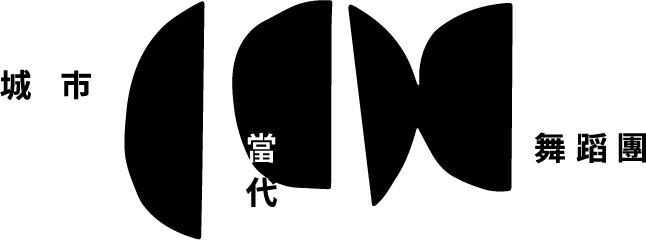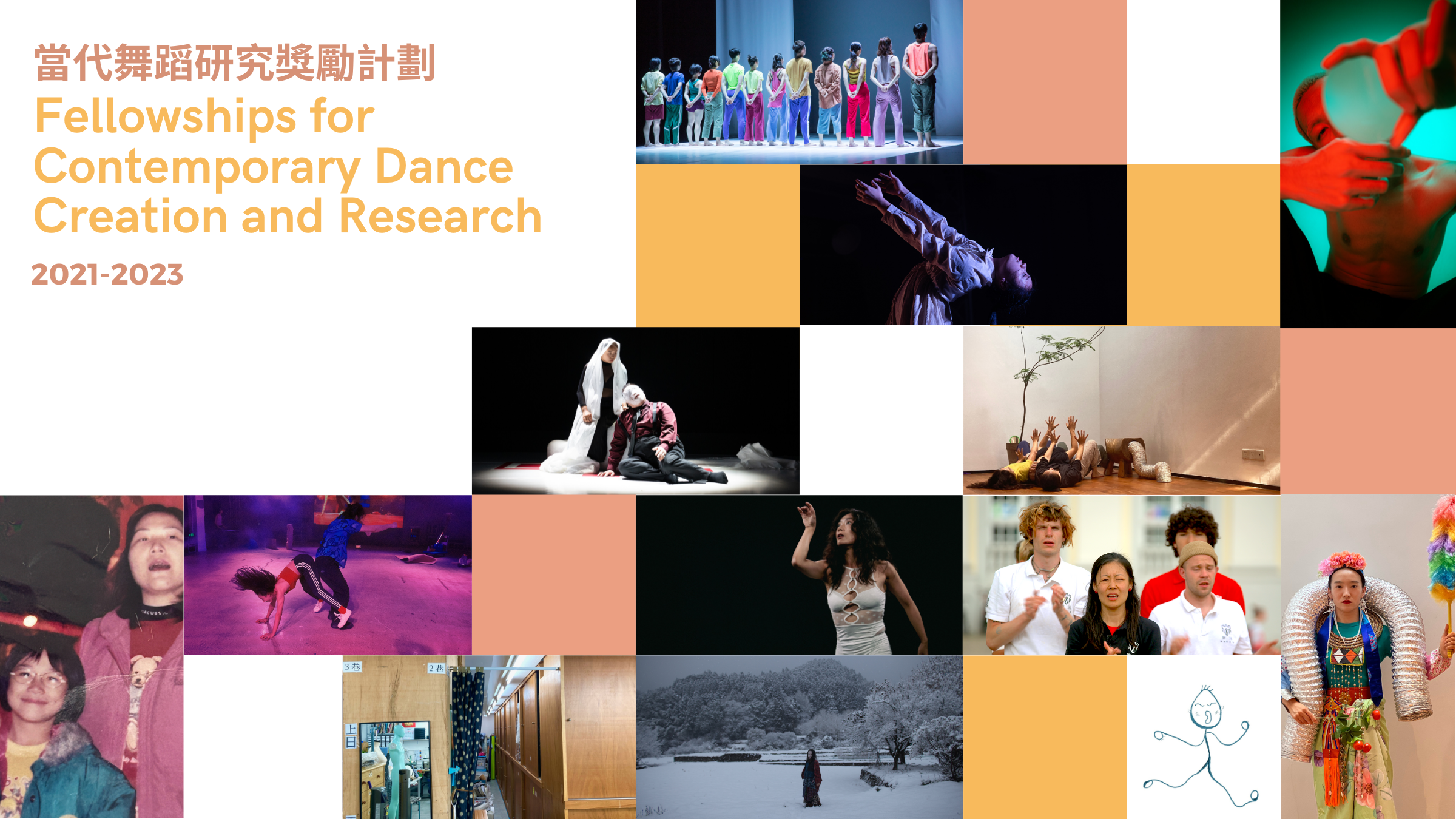
CCDC is committed to promoting the development of contemporary dance and supporting artists with potentials and uniqueness to focus on their dance research and creative projects. We cultivate a dynamic and open platform for contemporary dance by connecting the young forces among Hong Kong, mainland China and East Asia regions.
In order to encourage artists to deepen their study and practice on dance, CCDC set up the first ‘Fellowships for Contemporary Dance Creation and Research’ to support promising artists to develop their research projects. The Fellowship offers a platform for selected artists to exchange ideas through exchange sessions, workshops, performances and other presentation formats.
The fellows were selected by a group of panelists. Each project receives HK$50,000 to HK$100,000 to support its research process and presentation. The Fellowship started in July 2021. Some of them will present their research outcomes and work-in-progress at the ‘Open Studio’ Series of ‘City Contemporary Dance Festival 2023’ in November.
Panel (Arranged by surname)
Karen CHEUNG
Cathy LAU (Executive Director, CCDC)
Yuri NG (Artistic Director, CCDC)
PUN Siu-fai
Kevin WONG (CCDC Dance Centre Director)
Dominic WONG (Associate Artistic Director, CCDC)
Awarded Fellows (Arranged by surname)
Wardrobe: A Critical Approach to Dance Studies in Hong Kong
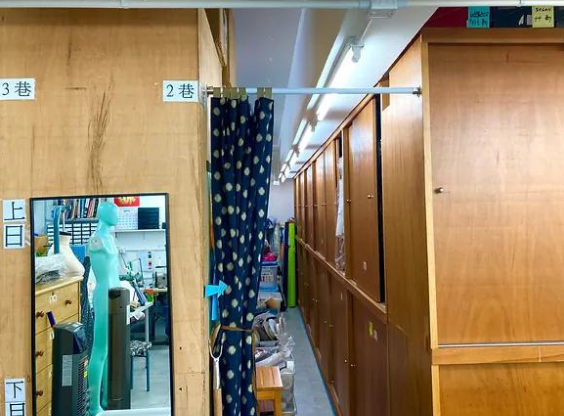
Project Description
Dong Xian-liang (Dong Yan) conducted interviews and studied institutional documents to understand the operative models and production records of CCDC’s wardrobe department. He discussed the meaning of the department to a dance company and to wider Hong Kong’s performing arts industry.
Artist Bio
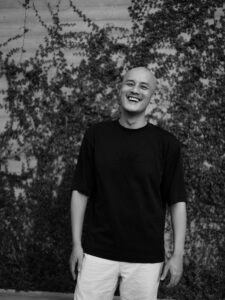
Dong Xianliang (a.k.a. DONG Yan) is a scholar and a theater practitioner. He obtained a Ph.D. from the Department of Chinese and History, City University of Hong Kong. He is particularly interested in how various mediums embody the intersectant knowledge of the language, the body, and the materials, ranging from medical books and intellectual culture to theatrical performances and corporeal literacy. He has worked as an academic fellow at the Hong Kong Academy for Performing Arts, City University of Hong Kong, and, since September 2022, Hong Kong Shue Yan University. He has also collaborated as a creative writer or a dramaturg with different institutions and individuals in the field of performing arts. He is currently working on several projects collecting and archiving historical materials from dance organisations and artists, aiming to establish the foundation for further research.
Constructing Identity — A Contemporary Dance Research on Chinese Folk Dance
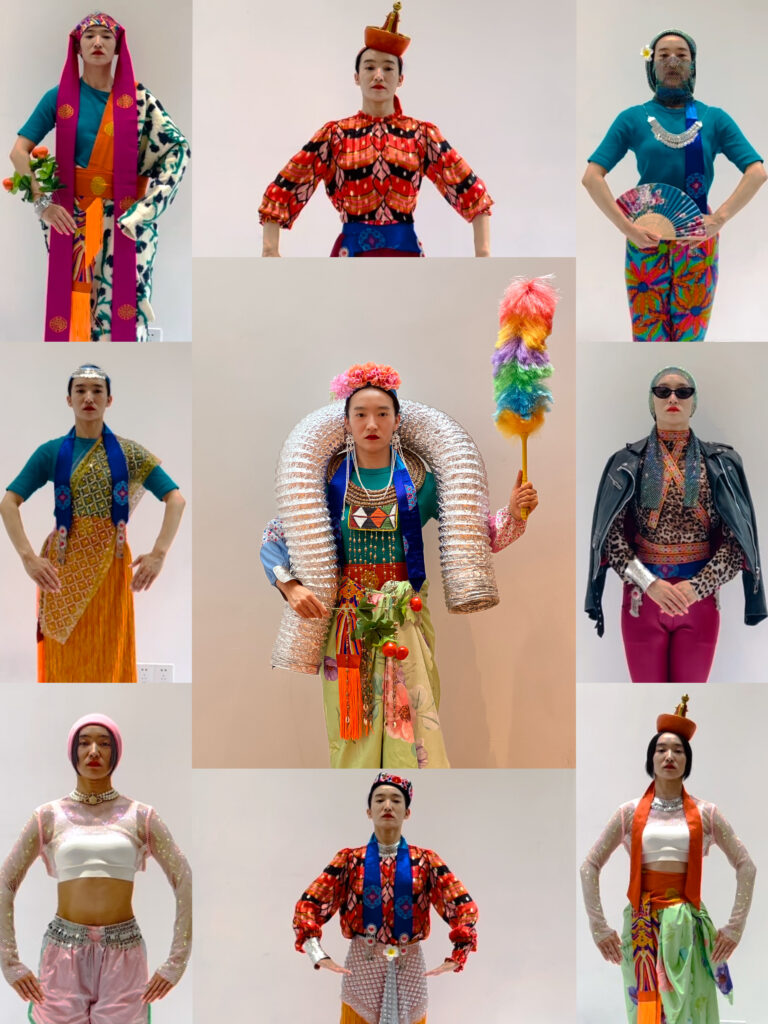
Styling & Photography: WU Hui (Re-shaping identity); Dancer: Chaobu Liga
Project Description
Independent artist Guo Rui is trained in Chinese folk dance, modern dance and contemporary dance. He has a complex and trans-cultural understanding of the body, movements and dance as cultural and sociopolitical expressions. In this project, Guo experiments the emancipation and reconstruction of identities through folk dance.
Artist Bio
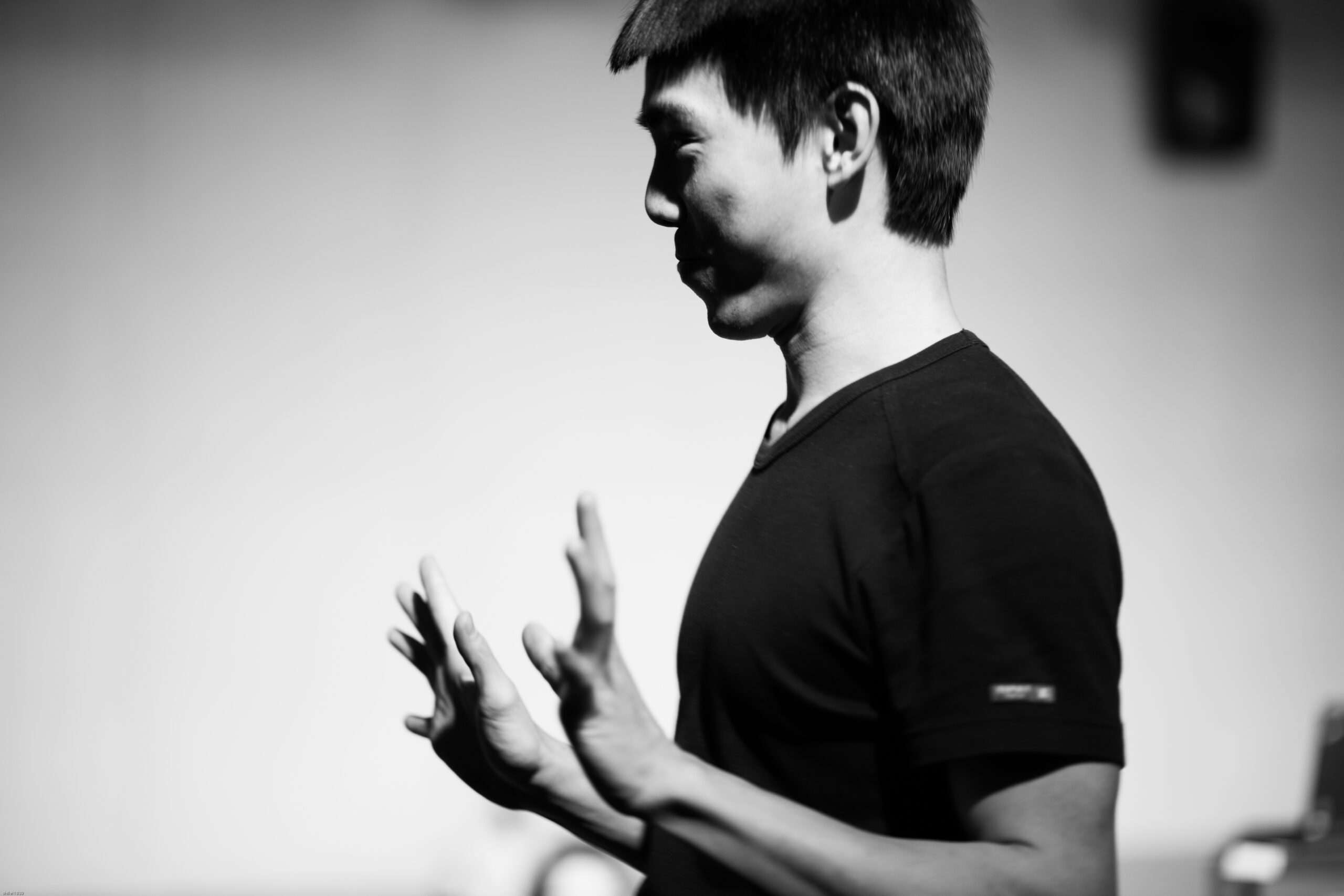
Guo Rui is a freelance artist living in Guangzhou, China. He studied dance in Beijing Dance Academy, the Hong Kong Academy for Performing Arts and Brussels (PARTS, Performing Arts Research and Training Studios).
Through the comprehensive knowledge of Chinese Folk Dance, Modern Dance and Contemporary Dance, Guo Rui has a complex and trans-cultural understanding of the body, movement and dance, as both cultural and sociopolitical expressions. These are topics that he continuously and rigorously researches in the specific contexts of China and Europe, using dance in different formats as an attempt to establish a connection between dance and anything else.
In 2018, Guo had started to work with Wu Hui as a dual artist group entitled Guo Guo and Hui Hui.
Chicken Blood
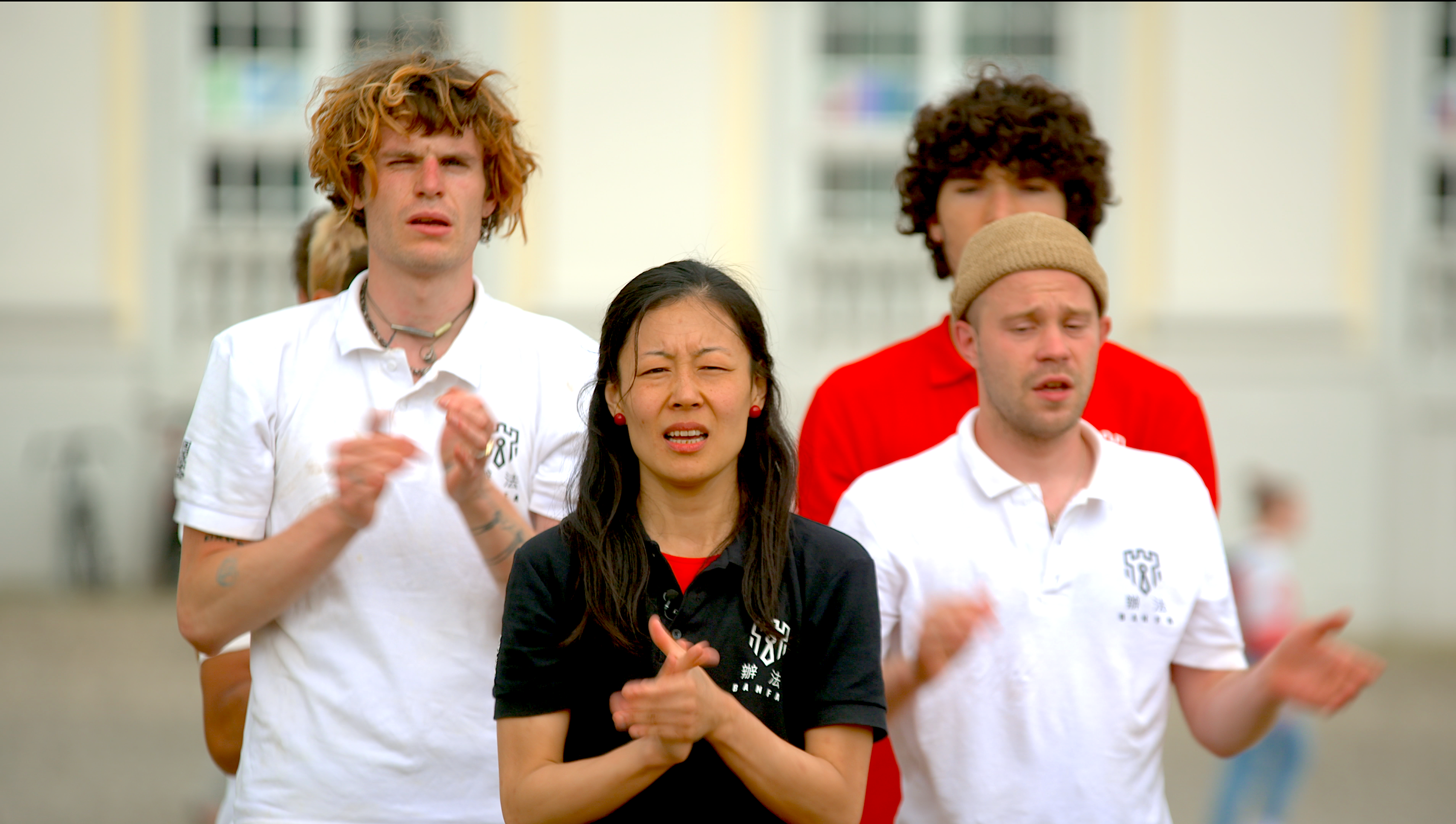
Project Description
Alberto Gerosa adopts a theoretical tool of performance studies and dance studies to delve into the folk therapy exercise ‘Chicken Blood’, and explores the formations, poses and movements of the Chinese choreographic style.
Artist Bio
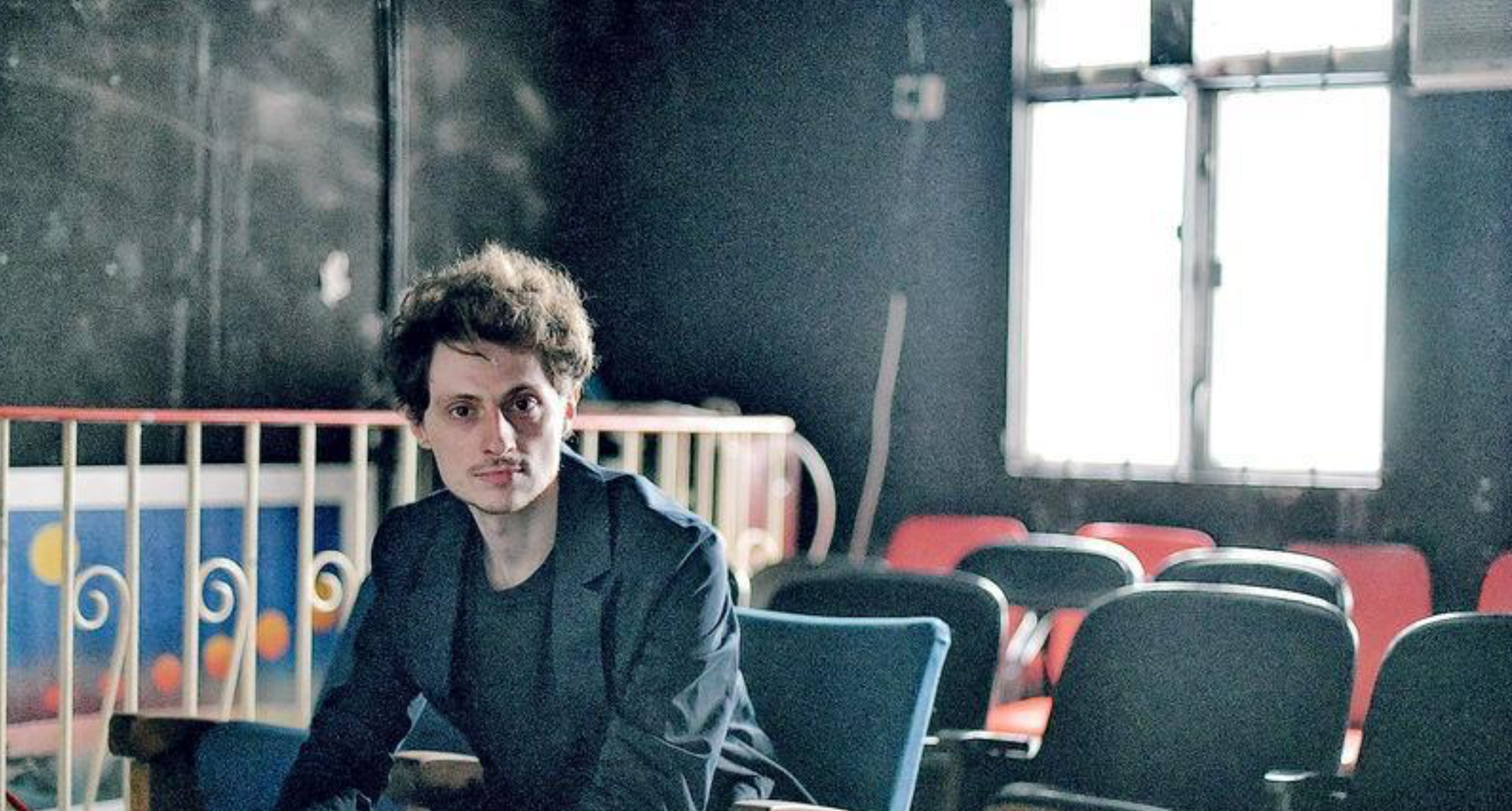
Prof. Alberto Gerosa is an anthropologist working with film and performance, currently an adjunct professor at the Chinese University of Hong Kong. He holds a BA in Performing Arts and Social Sciences, a joint master of research in Social and Cultural Anthropology from Ljubljana and Stockholm Universities, and a PhD in Cultural and Religious Studies from CUHK. His Research Interests include Audiovisual, sensorial and performative ethnography practices, performance studies, ritual, theatre and cinema. Since 2017 his work and research on Chicken Blood performances across China has been presented at academic and artistic institutions across the globe.
‘Boiling Bo’ Series – Mom
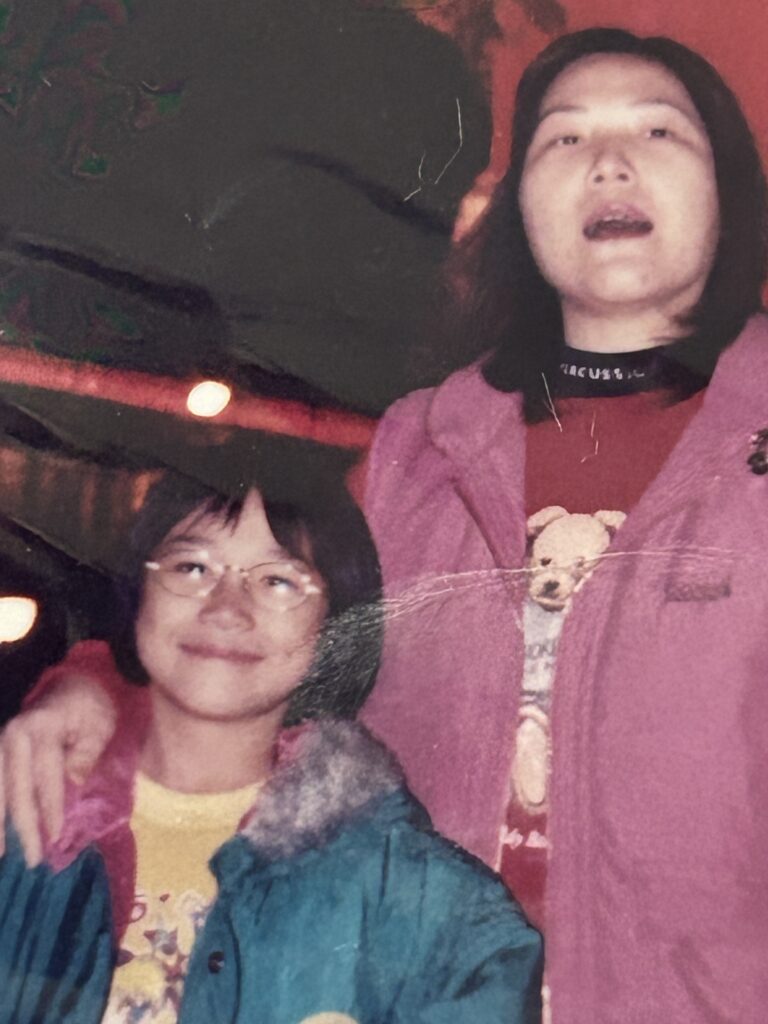
Project Description
In this research, Bobo invited her mother, who has the most irreplaceable relationship but with no dance experience, to collaborate. With mama Lai’s participation, will Bobo acquire new perceptions or re-define her dance values?
Artist Bio
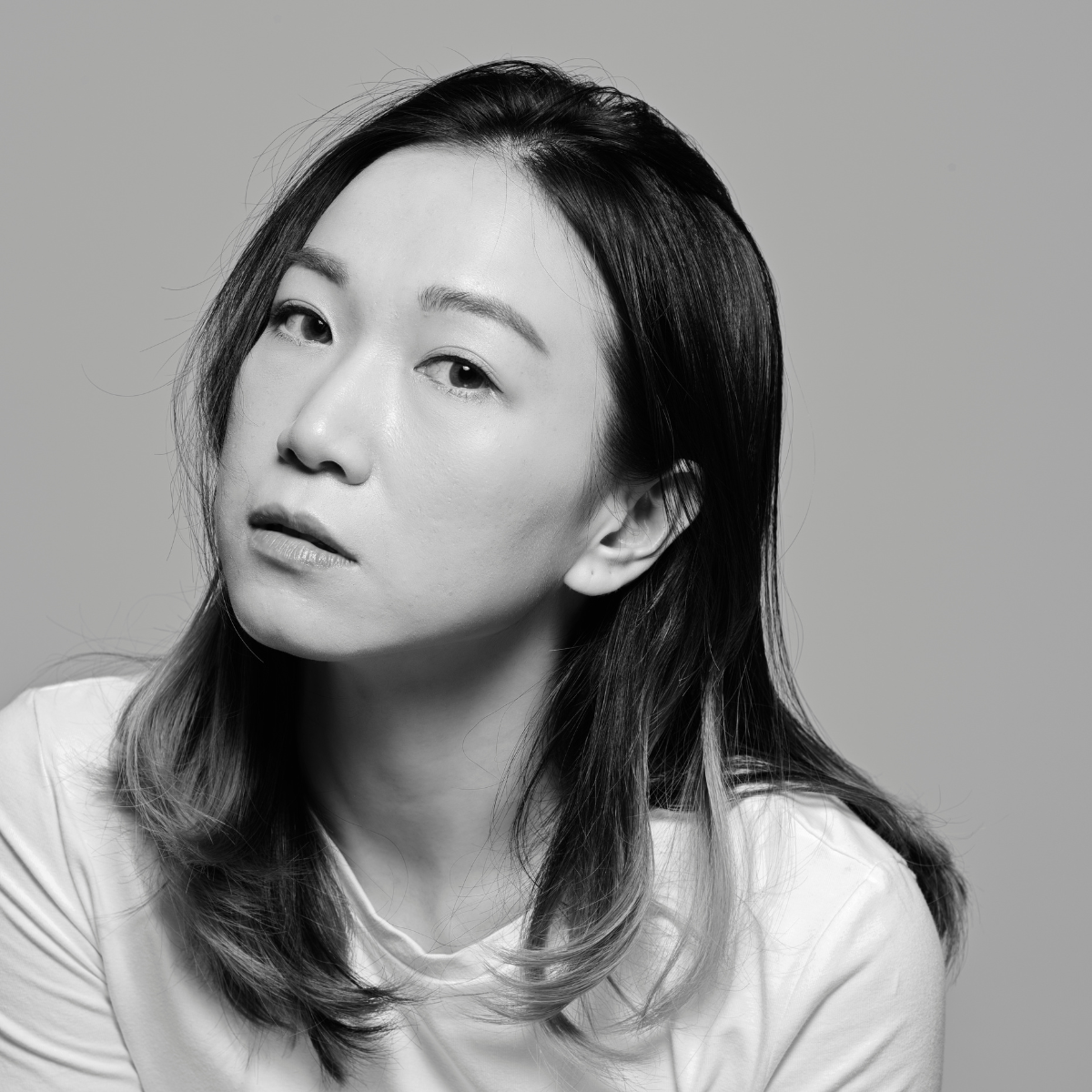
Bobo Lai graduated in Contemporary Dance from The Hong Kong Academy for Performing Arts. She was a full-time dancer at Guangdong Modern Dance Company from 2009 to 2014. She joined CCDC in 2015, becoming a Senior Dance Artist in 2022. In 2023, she transitioned as a freelancer and participated in various art creations as an independent choreographer and dance artist. Her recent choreographic works include One Plus One Ant, X -85213 and Boiling Bo.
Problematics for the Contemplation of the Tenets of Hong Kong Professional Dance Practice
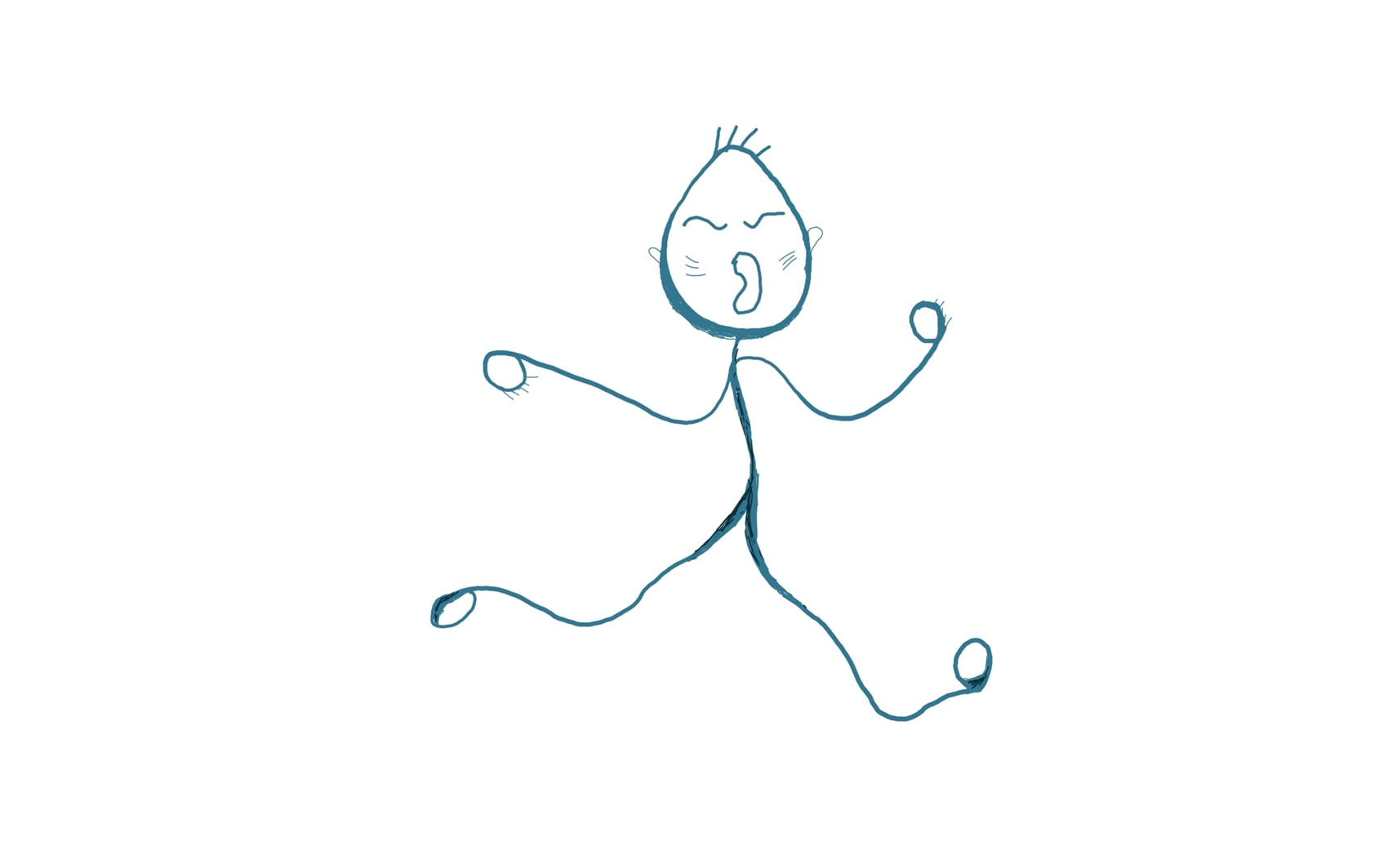
Project Description
‘Is this dance?’ – while a critical question to be asked in order for the artform to be developed and appreciated, I argue that, in Hong Kong, there is a lack of organised dimensions for the ontology of ‘dance’ to be debated and reviewed. Academic research output on dance has been limited. Dance practitioners who came into the scene in the 20th century were mostly trained in quasi-conservatoire environment. Their notion of ‘dance’ remained somewhat unchallenged until the turn of the century, when dance-makers from diversified academic backgrounds and well-exposed to overseas contemporary dance practices entered the local scene. While the conversation on ‘Is this dance?’ took place, it does not usually happen across generations, creators and spectators, nor technical bureaucrats and critics. In cases when it happens, it may take the form of justification, or worse, still, emotionally-charged defence.
This research explores organised dimensions that will serve as the in-roads to dance problematics in the context of Hong Kong. By ‘Is this dance?’, are we focusing on the stylistic, historical, social-cultural, or ontological/ philosophical? How does the conversation shift through the lens of authorship and that of spectatorship? My assumption is that once tangible, objective, and inclusive pillars are erected, there is a better likelihood for dance ontology to be debated on a shared ground. By then, it will be more meaningful to discuss notions of ‘re-interpretation,’ ‘development,’ ‘digression,’ ‘rejection’ and the like and how these actions reshape the landscape of Hong Kong’s dance.
Artist Bio
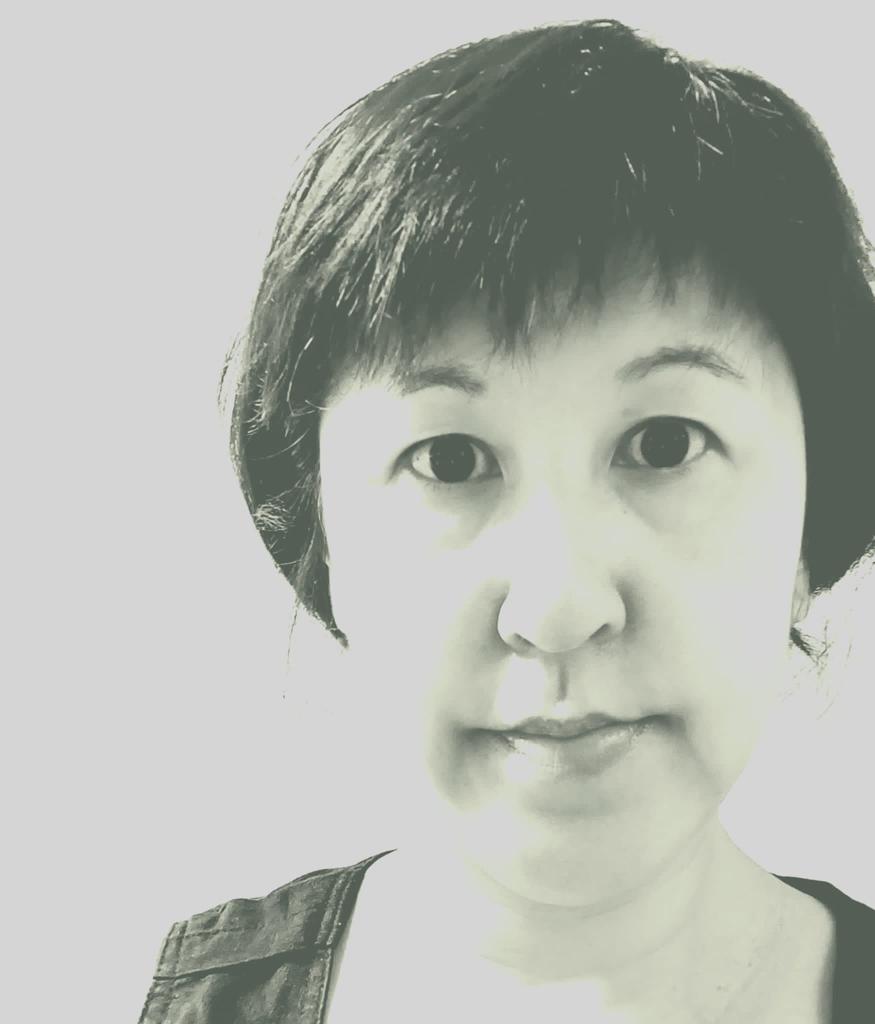
Lecturer/ researcher/ editor/ critic/ producer/ translator. Learner. Me.
01 Waiting
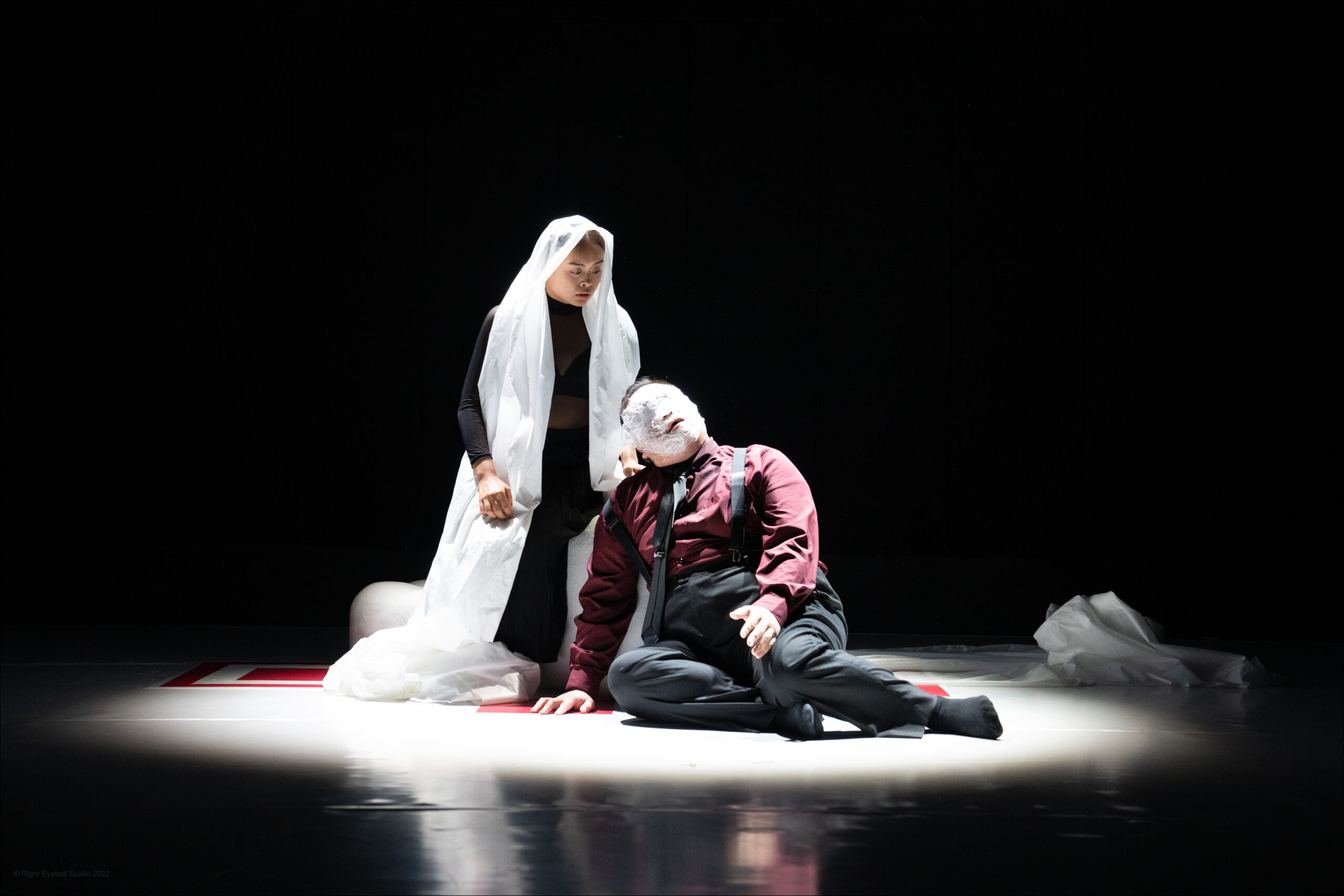
Photo: Carmen SO
The work has been showcased in the ‘New Force in Motion’ Series 2022. This research aims to revisit the work, allowing the choreographer to gain inspiration in aesthetics and choreography to investigate into 3 issues:
1. The piece allows dancers and audience to experience the sequence of ‘Thinking and Dancing’ through a series of questions, and to find a space or way to release from the questions.
2. To search for the balance between bodies and uncertainty in the process of investigating dance; and to handle the sense of uncertainty in the midst of omniscience and chaos.
3. In the absolute space of the digital world, the choreographer seeks the capacity of the digital carrier through a bizarre association and imagination; whether it can carry the liveliness of dance including the freedom and randomness in contemporary dance and the spontaneousness in street dance.
Artist Bio
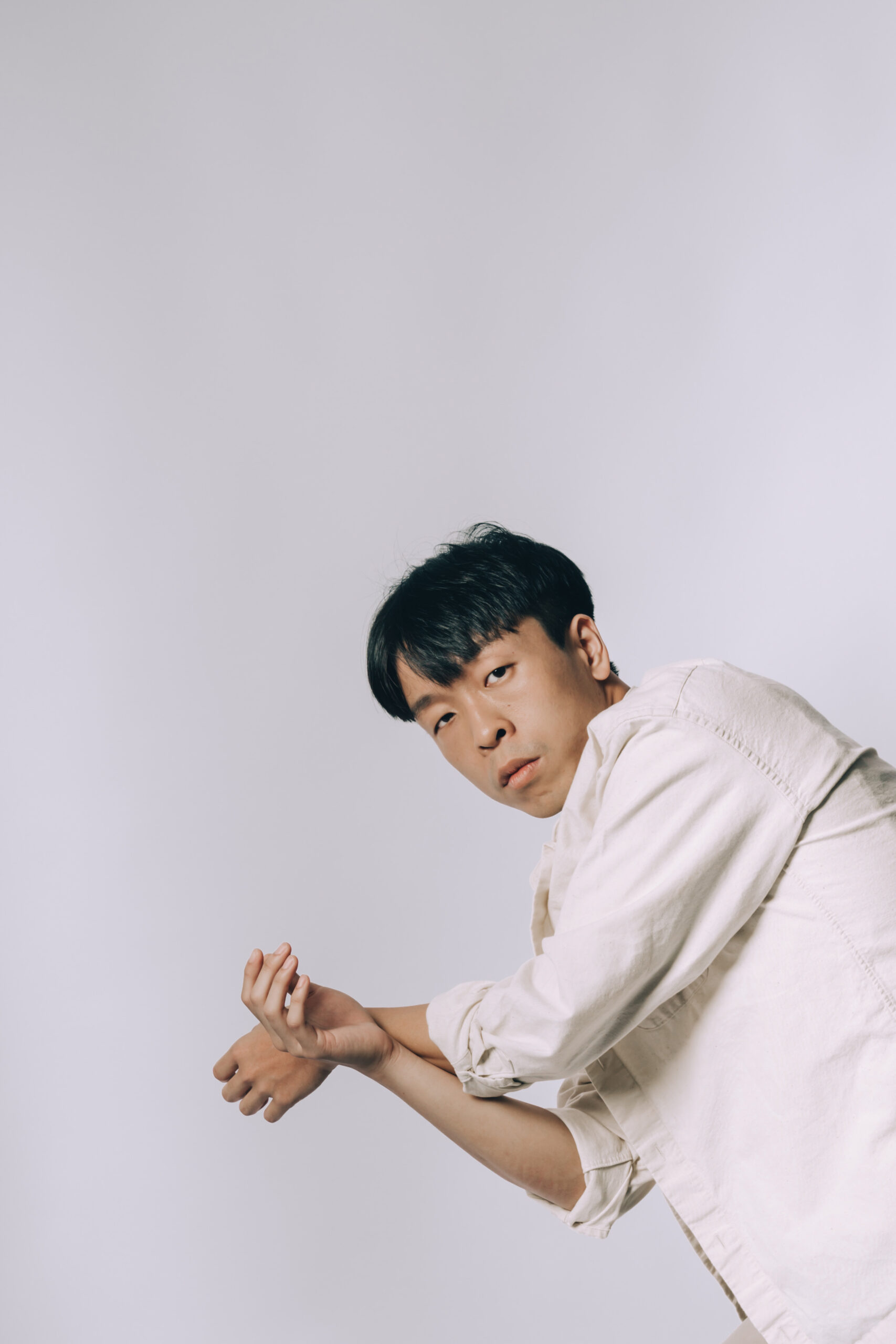
Duncan Tung is a Hong Kong native and freelancer. Enamoured with the body expression, wandering within words, space and imagination. He was a Teaching Artist of CCDC from 2018 to 2021 and was involved in a wide range of arts education and dance productions. He graduated from the School of Drama at The Hong Kong Academy for Performing Arts and Visual Communication at the Hong Kong Design Institute. He attended Mask Class under Manifesto Poetic’s Artistic Director Carlos Garcia Estevez in Ecole Internationale de Theatre Jacques Lecoq. Recent performances and creations include The 419 of lunar, 01 Waiting, music video The Hertz – Fairy Godmonster ft. Serrini and dance video Waiting For and Nomad.
This is a Process

Photo: Energy LAM
Project Description
Liu Qingyu explores how personal experiences can be transformed to be creative materials. When body movements are combined with two-dimensional images, what imagination will she evoke?
Artist Bio
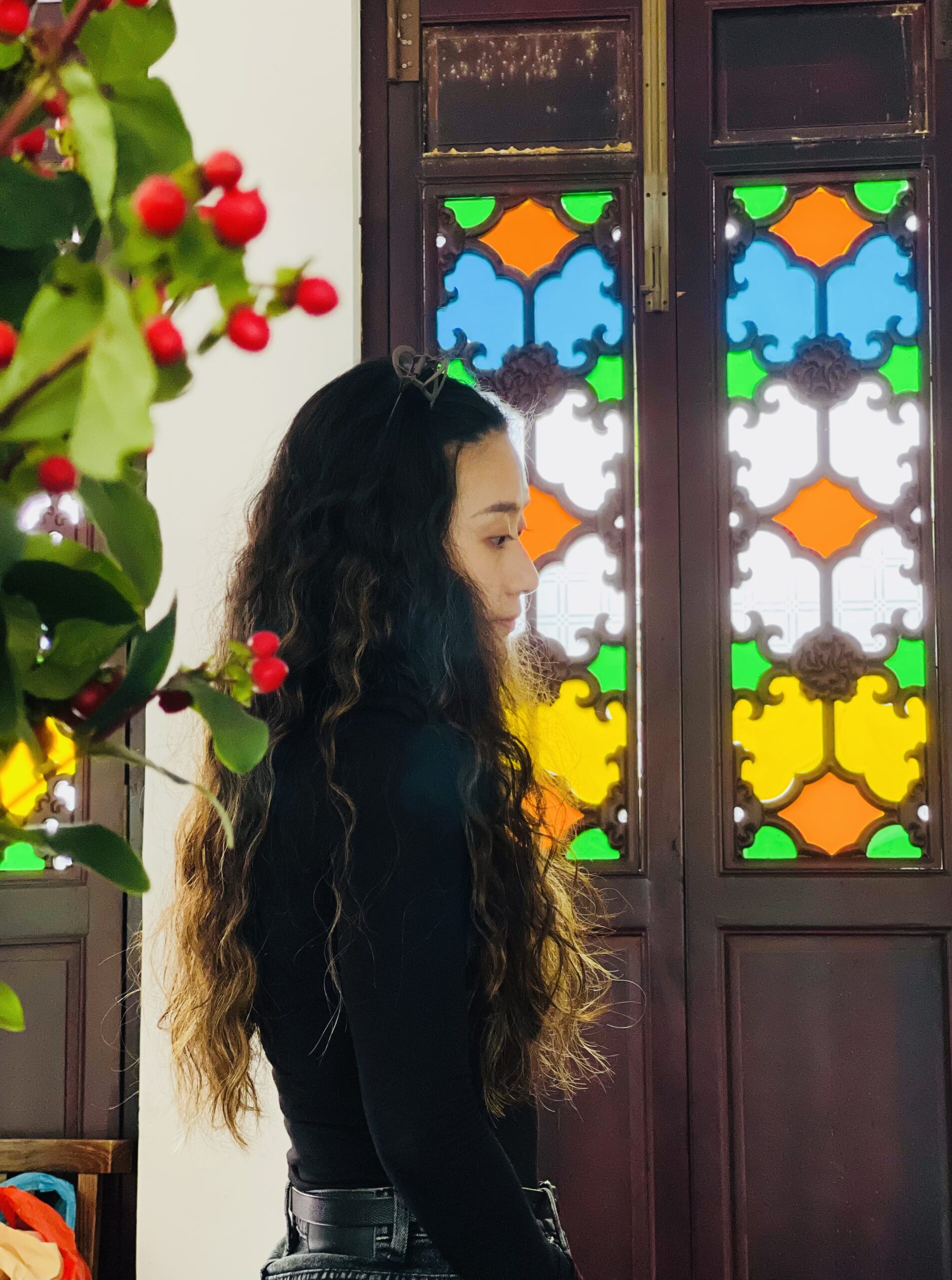
Liu Qingyu is a dancer, choreographer, teacher and the Resident Choreographer of Ergao Dance Production Group. She graduated from The Hong Kong Academy for Performing Arts with a Master of Fine Arts in Dance Choreography and received the Society of the Academy for Performing Arts Scholarship. She was a full-time dancer in Guangdong Modern Dance Company from 2009 to 2017, and joined Ergao Dance Production Group in 2021. Her choreographies focus on her growth process. She uses the body to respond individually thinking about ‘The Self’ and her own reconstruction process, while also practising how to connect with diverse groups of people.
Through THE LENS
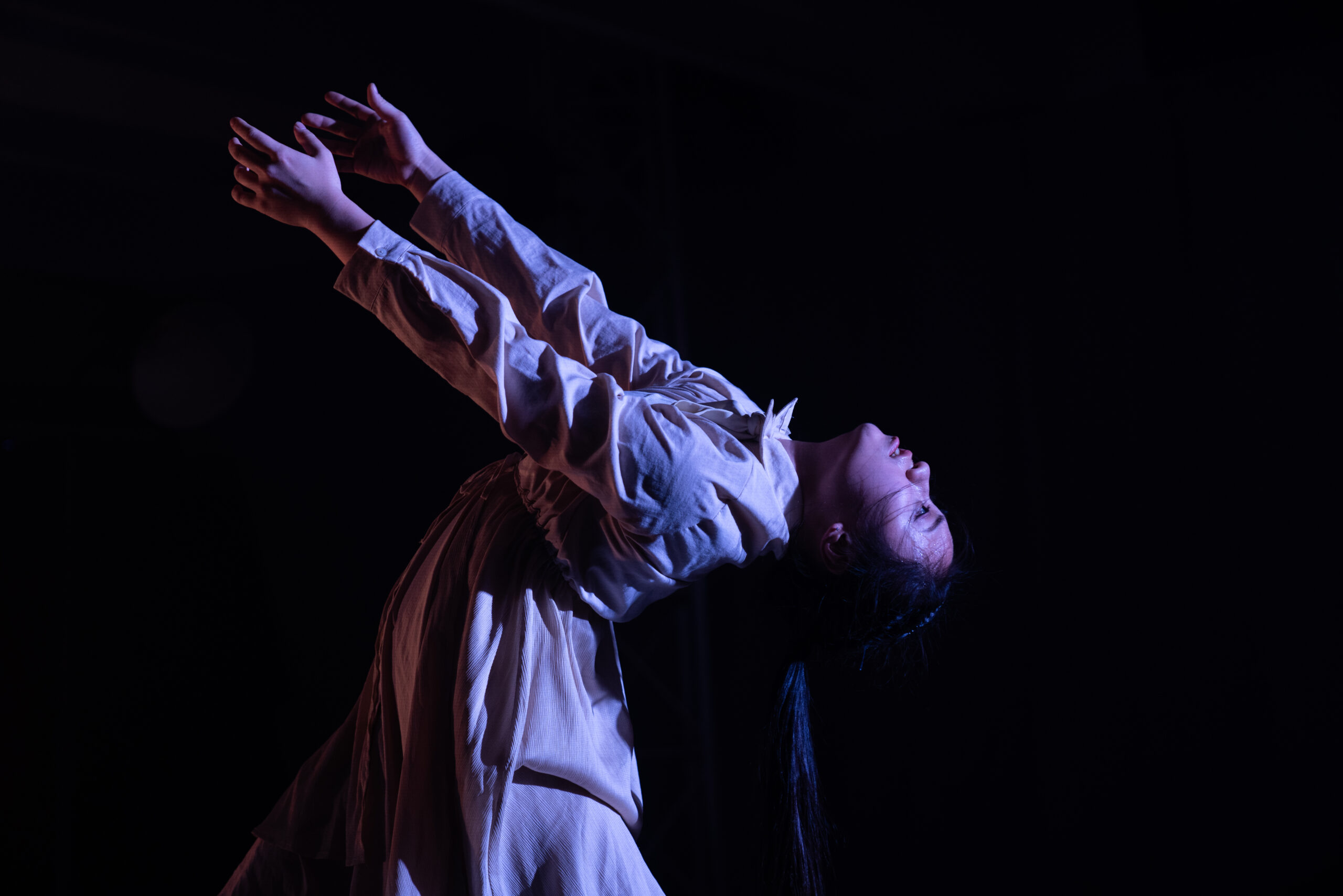
Photo: WONG Yiu-kuen, Jack
The work researches on the labeling effect and the identity of oneself. It transforms the daily life experience, the relationship among people, and discusses social norms and the point of view from different generations.
With all types of labels, people may justify them like they are common senses or rebel with reasons.
This project also investigates the relationship, values and each other’s difficulties between two generations. There are conflicts in terms of value, and each generation has their own beliefs. They are born in different times but living in the same society. How do they understand each other and find a way to get along with each other?
Artist Bio
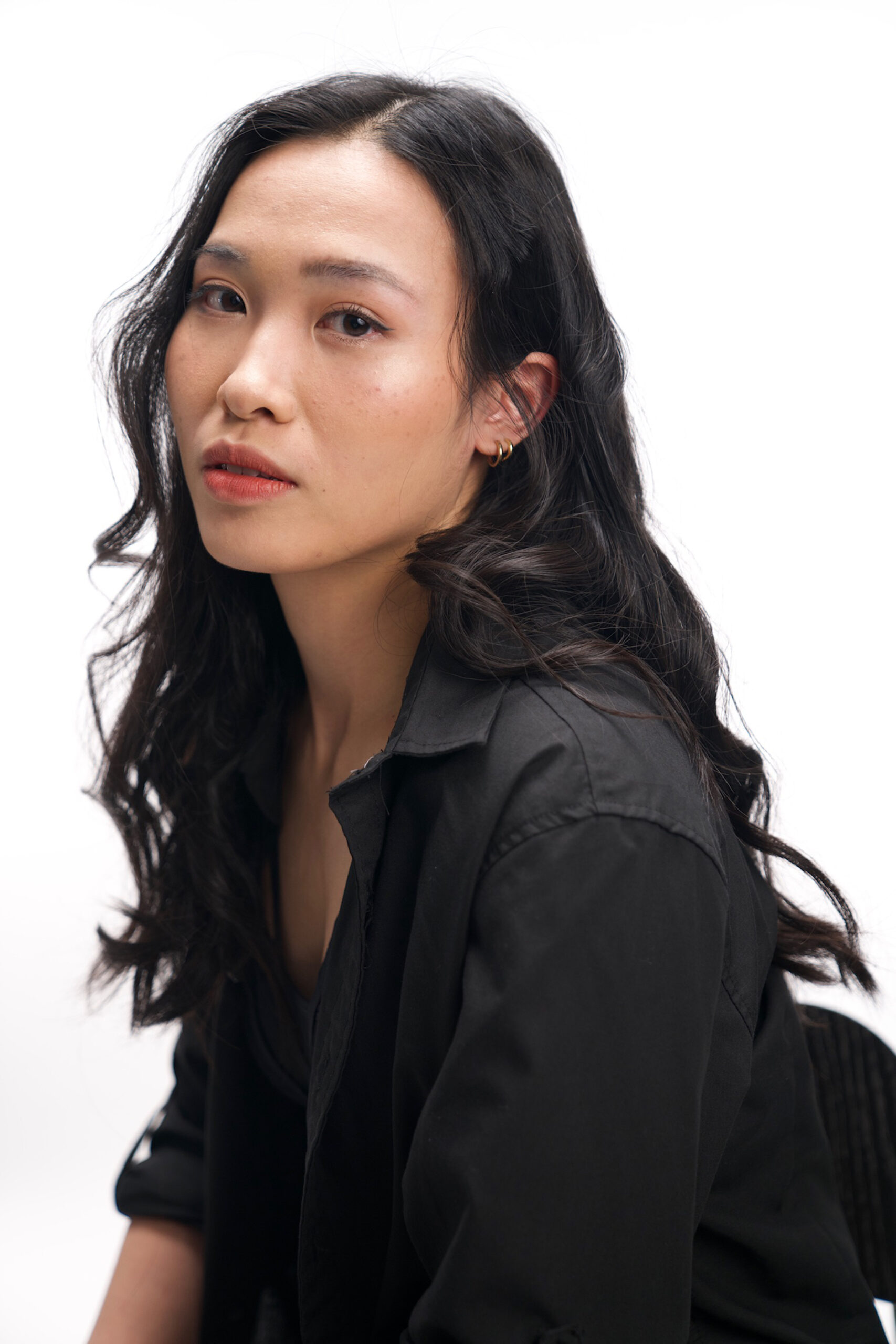
Rosalie Ng Hei-wai graduated from the University of Hong Kong, majoring in Translation. In 2017, she completed a professional dancer training programme, AS Dance Project, as well as cooperating with a Japanese music band YUZU and performed in their concert. She is one of the regular evening class tutors of Beyond Dance Theater. Apart from stage performance, she participated in filming as well, including the role of a dancer in I Love You, You Are Perfect. Recent performances include Before… in ‘New Force in Motion’ Series, Beyond Dance Theater’s Remnants, The Wind Of Empty. She was the choreographer of musical Love at First Snow and Through THE LENS in Train Of Thoughts by Beyond Dance Theater.
Communication Medium — A Research on Body Languages (Sign Language)
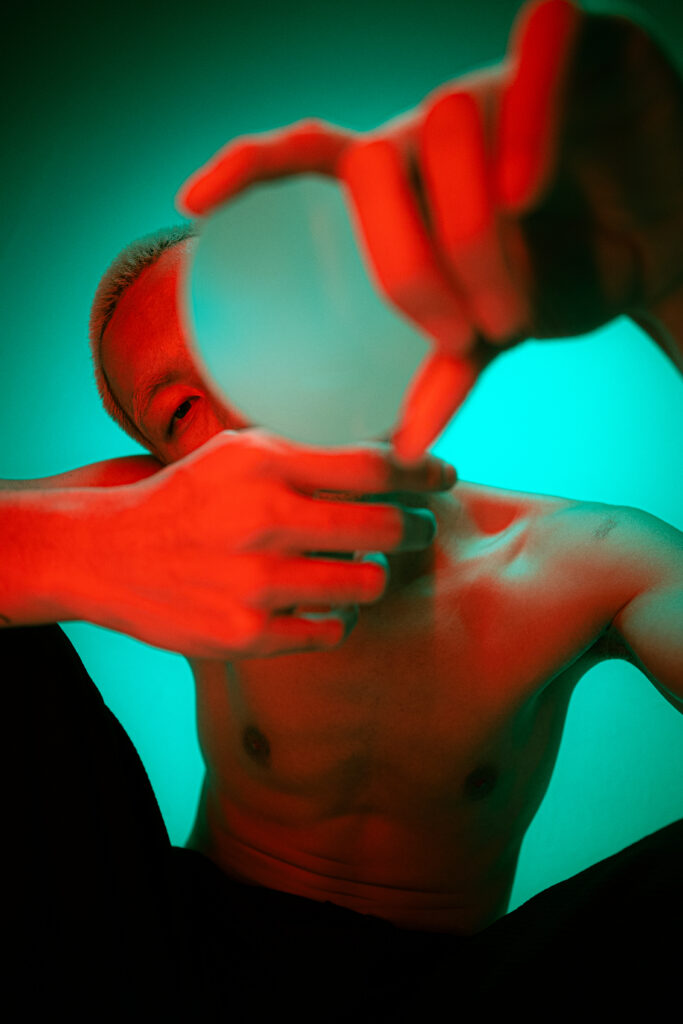
Photo: Worldwide Dancer Project
Project Description
Terry Tsang explores from hearing impaired persons the expressive methods and meanings conveyed through sign language, to find out the connections and disparity between dance and sign language. Which medium best expresses and resonates with you, is it speaking, dance or sign language?
Artist Bio
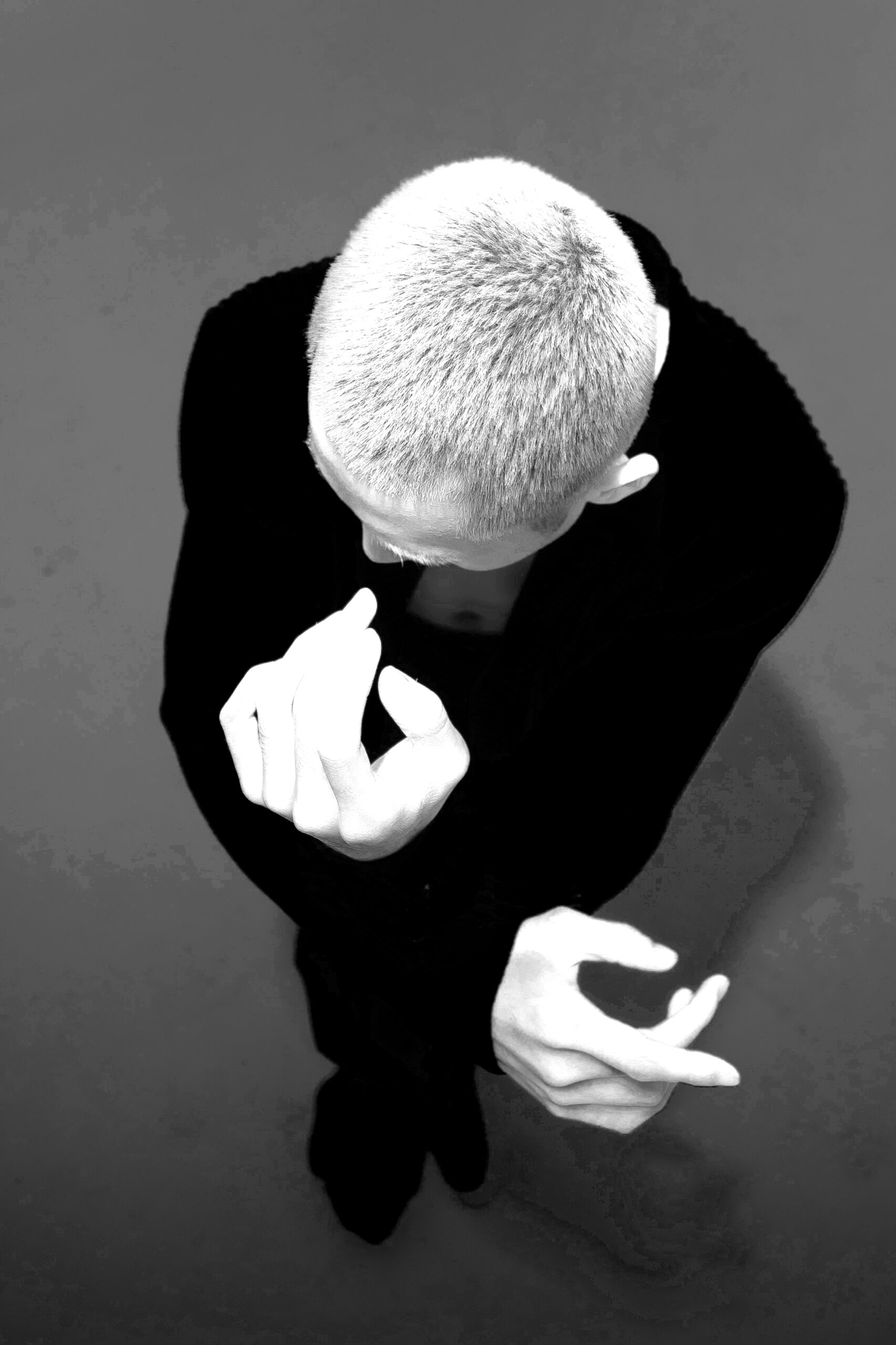
Terry Tsang was nominated for Outstanding Performance by Male Dancer in 2019, and Tom Brown Emerging Choreographer in 2022, at the Hong Kong Dance Awards. Premiering his signature work Mo Ngaan Tai in 2019, he received invitations from two local festivals and overseas festivals in Italy and Taiwan.
Tsang studies at the Hong Kong Academy for Performing Arts, majoring in Contemporary Dance. He was a full-time dancer of the City Contemporary Dance Company from 2013 to 2019. With CCDC, he toured to different countries and regions, and also has been active in local productions.
Recently he established Labora-Terry Arts, specialising in dance photography. Intensifying his exploration in creation and human body, his choreography and photography have fuelled inspirations for each practice.
Reconstructing Memories of My First Solo – In Search of the Lost Spirituality and Physicality
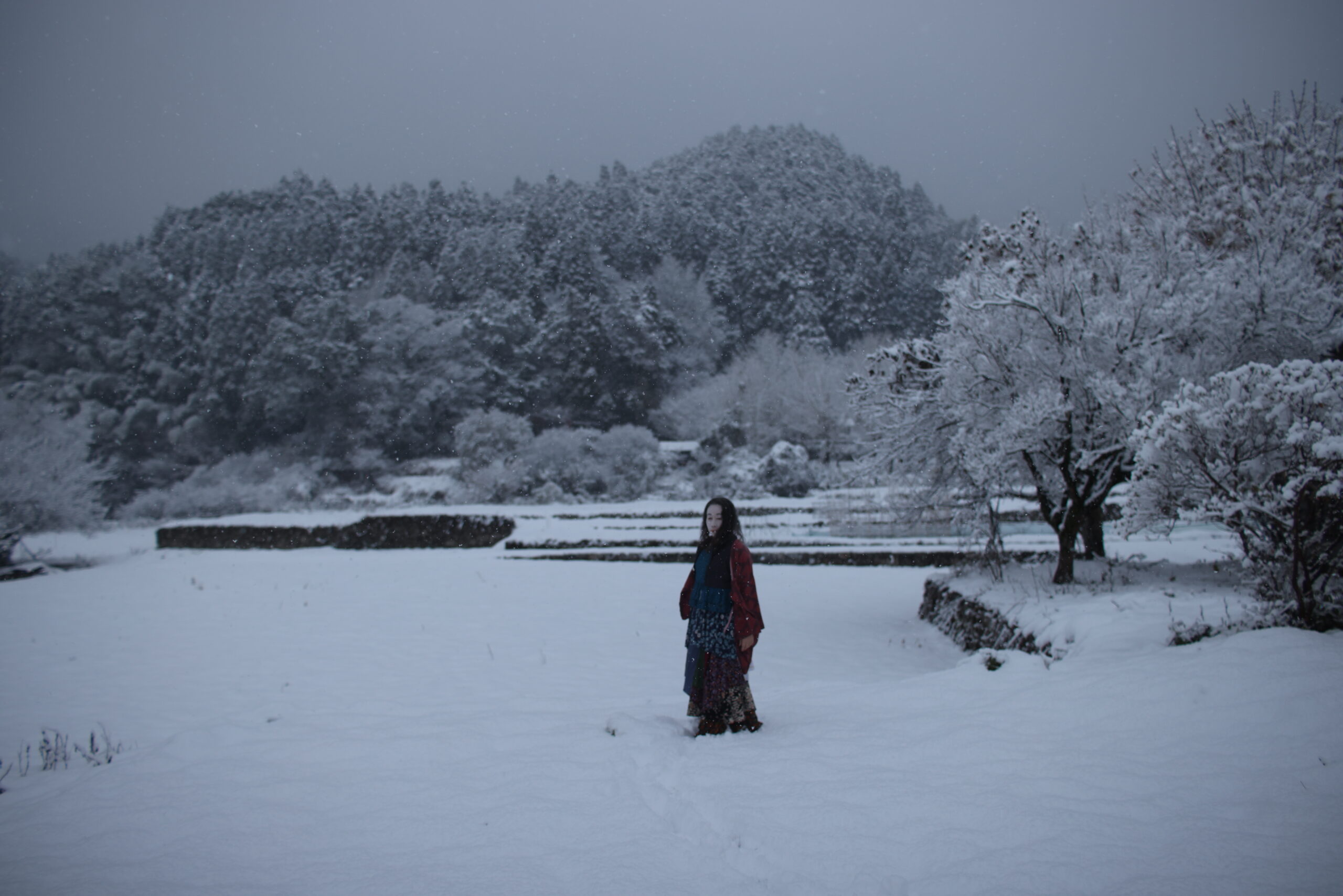
Project Description
Artist Elysa Wendi collaborates with independent dancer Gigi Yang in this project, they travelled to Miyazaki Prefecture in Japan for further research of Kagura dance and ritual through residency practice. They attempted to reconnect and reconstruct the memories of Elysa’s first solo dance.
Artist Bio
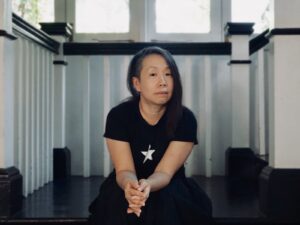
Preoccupied with the abstraction of memory from place, time and biographical traces, Elysa Wendi explores these themes in her live and filmic works. After dancing professionally for a decade from 1998 – 2008, she began experimenting on the notion of choreography through film, performances and curatorial projects. In 2015, Elysa co- founded Cinemovement, a platform to host interdisciplinary film creations and laboratories together with International film producer Jeremy Chua. She was the guest curator for ‘Jumping Frames – Hong Kong International Movement-image Festival’ from 2018, before being appointed as the Festival Curator in 2022.
‘Expressive Sight’ – The Sights of Femininity
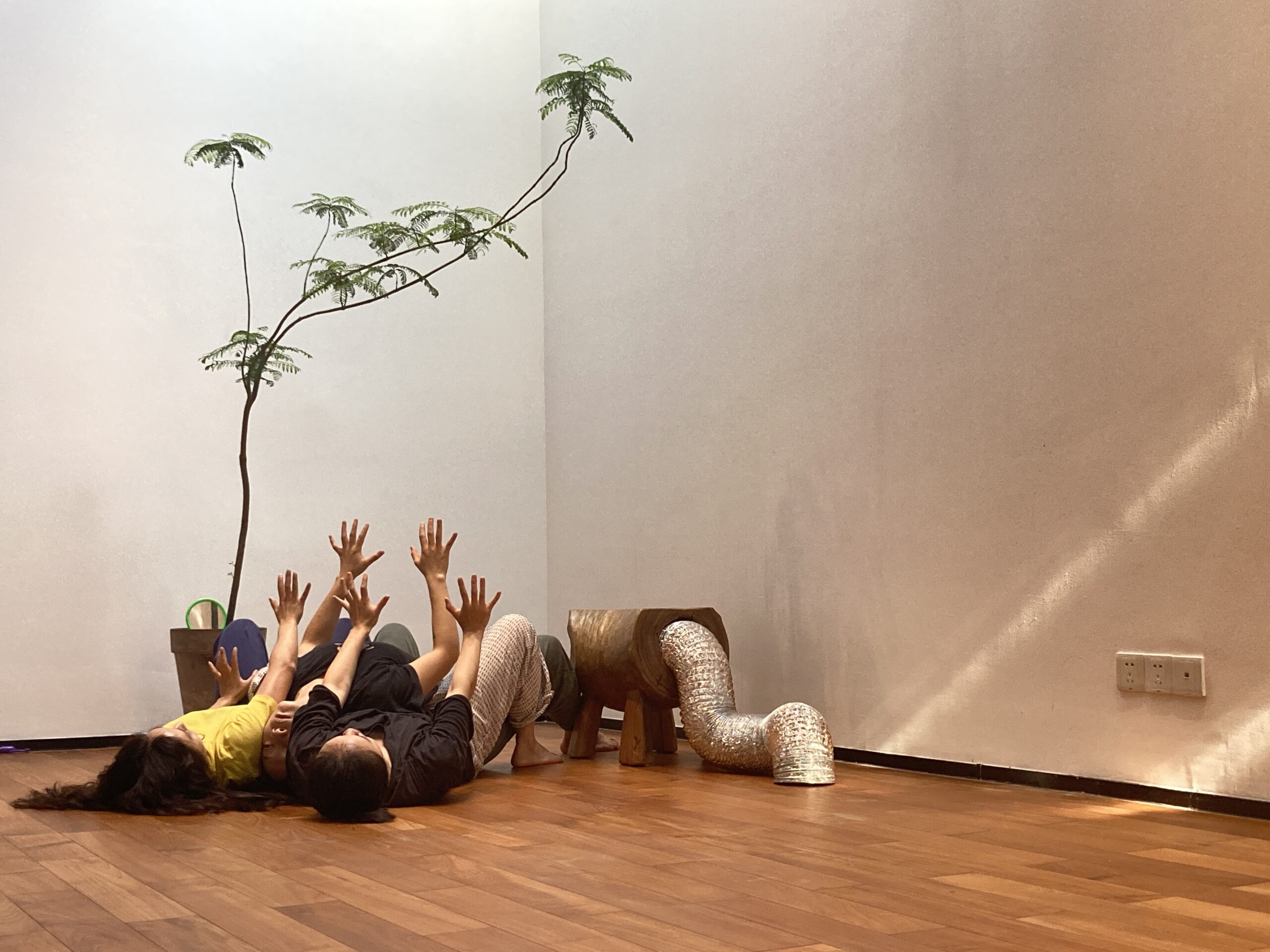
Project Description
Wu Hui is known for evoking imagination and emotion from the perspective of women. ‘Expressive Sight’ Series explores the connection between human and ecological environment. Wu will work on The Sights of Feminity, which rethinks and re-imagines femininity.
Artist Bio
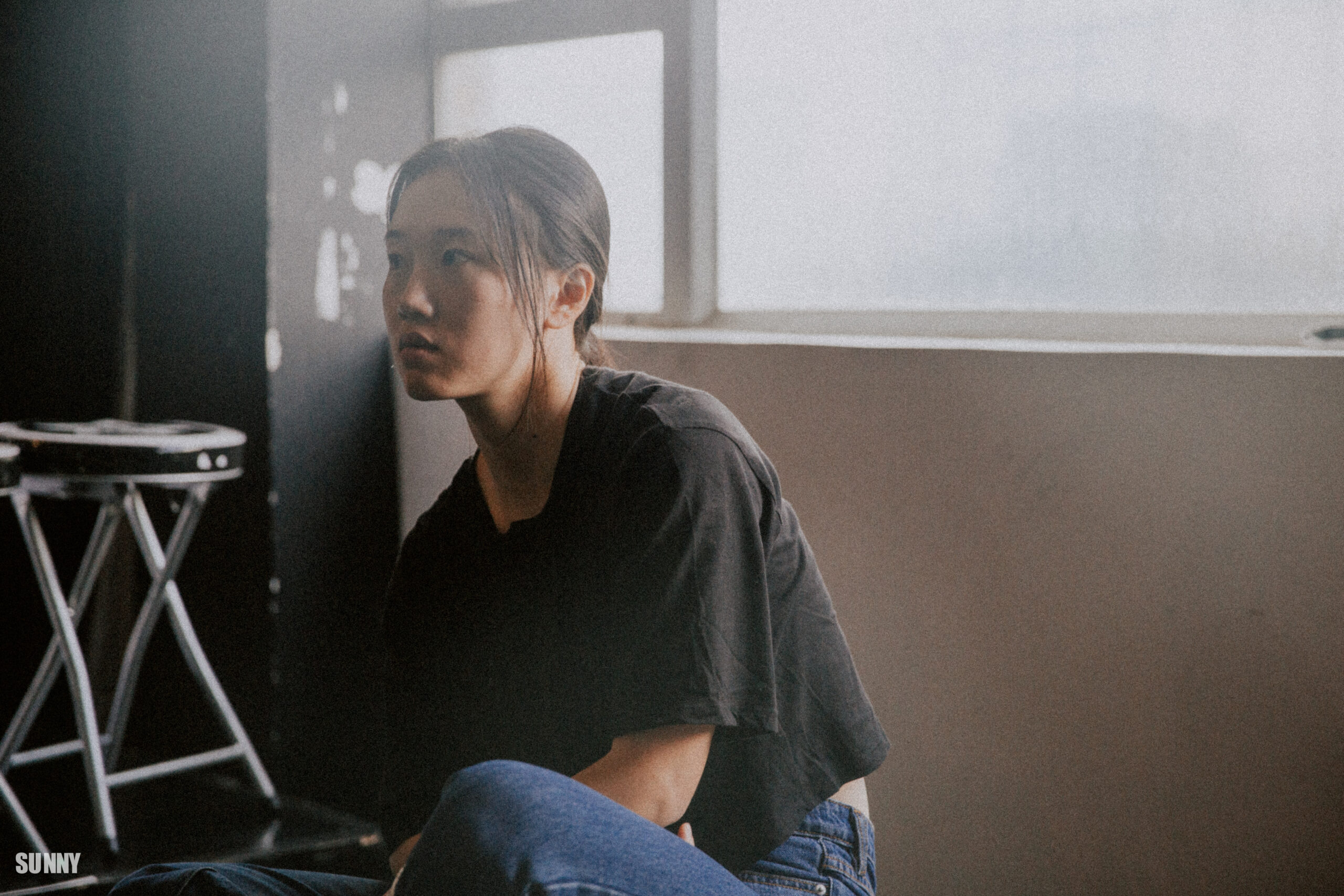
Wu Hui is an independent dancer and choreographer based in Guangzhou. Her works carry a unique female perspective, using different methods to evoke imagination and emotion. She has recently been interested in ecological bodies. As a kind of knowledge acquired from evolution, the plant’s body is both an expression of the environment and a display of its survival strategies. The embodiment of ecology reveals another way of perceiving, imitating and responding to the world.
Wu Hui’s featured works including Self-Portrait, The Moving Canton Tower, Me Here, Cracks and The Great Wave. Wu has performed in ‘Guangdong Modern Dance Festival’, ‘Beijing Dance Festival’, China Dance Forward (Hong Kong), Documentaries of Chinese Performance Art (Macau), ‘Shenzhen Fringe Festival’, ‘Macau Fringe Festival’ and Fabbrica Europa in Italy. In February 2018, she formed a duo artist group Guo Guo and Hui Hui with Guo Rui.
Wu Hui is currently working on her long-term research project ‘Expressive Sight’.
noBODY
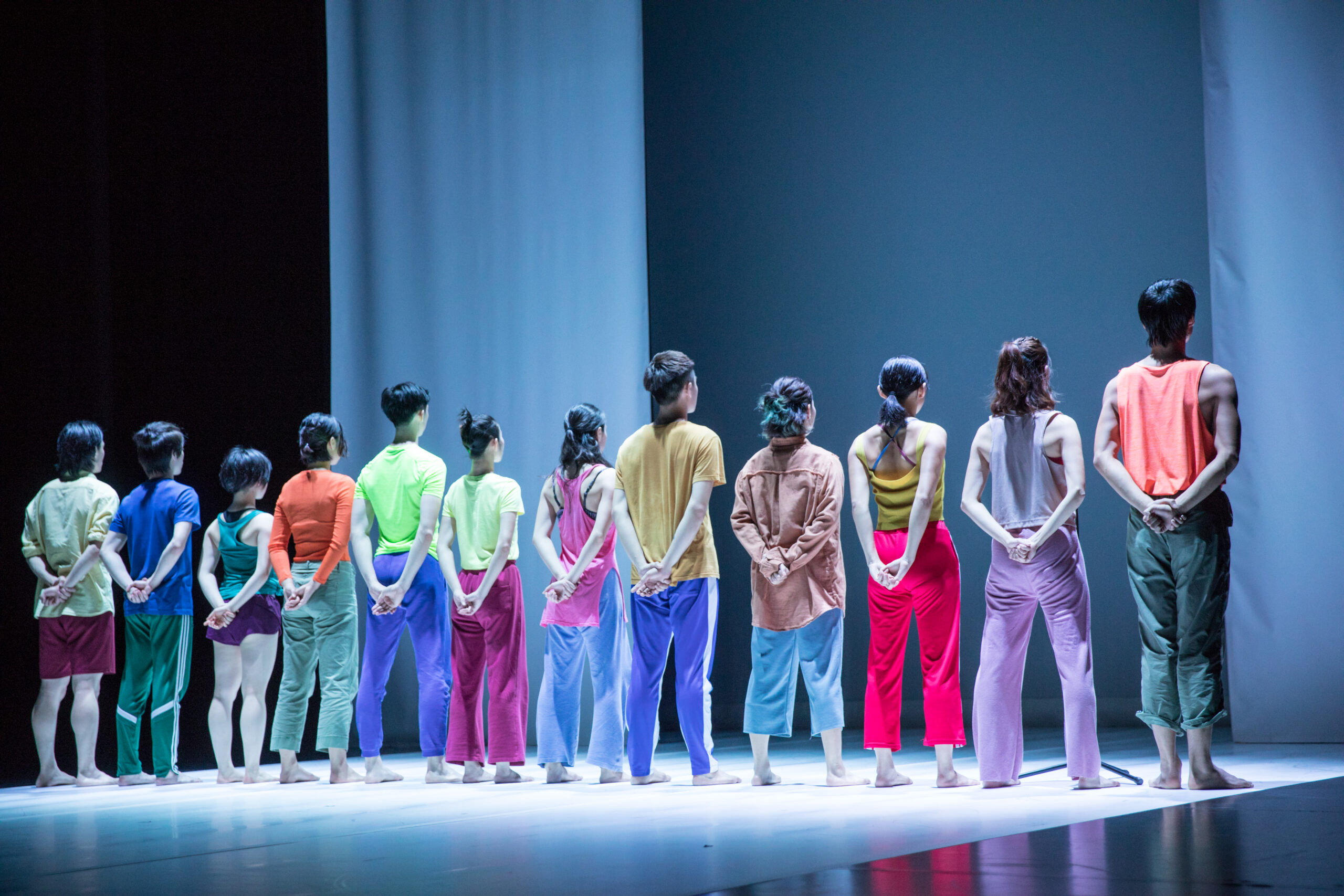
Photo: CHEUNG Chi-wai
The work revolves around the theme of what is ‘seen’, ‘unseen’, and ‘ignored’; not only investigating the existential issues between the body and the vitality; but also responding to the society with each individual in the group, in a metaphor of survival and disappearance.
The objectives of this research are to re-examine the dance work, interact with different performers and audiences through open rehearsals and restaging of the work, in order to develop its creative potential. The research investigates in:
1. The influence of diverse performers on the work, examining how their intervention generates variations.
2. How the body can be transformed to take on different presentation styles.
Artist Bio
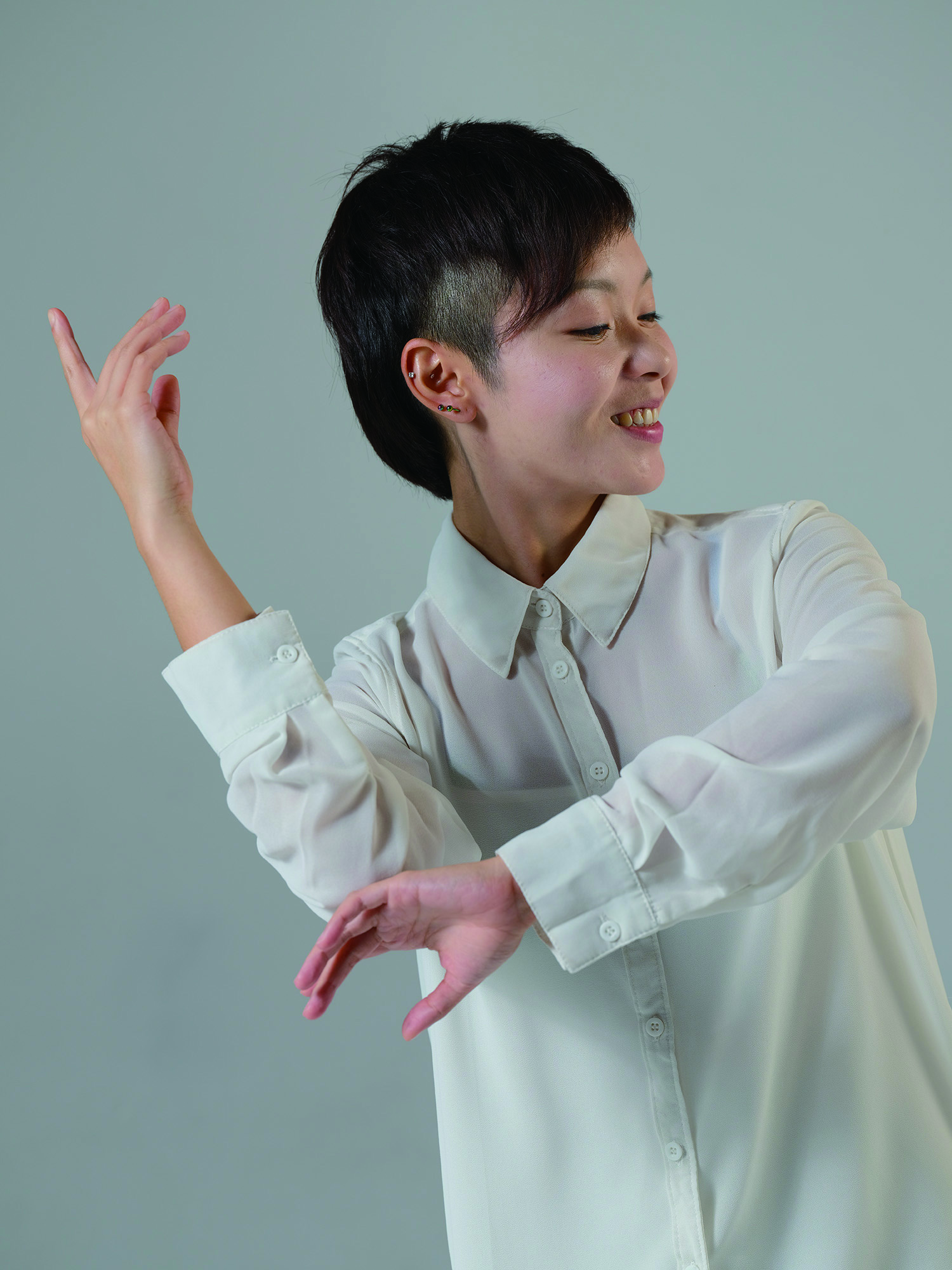
Photo: CHEUNG Chi-wai
KT Yau graduated from The Hong Kong Academy for Performing Arts. She was a Resident Choreographer of Unlock Dancing Plaza and a Dancer of Y-Space. In 2016, she furthered her dance studies in Israel. In 2018, Yau received the ‘Award for Young Artist’ at the Hong Kong Arts Development Awards and ‘Emerging Choreographer’ at the Hong Kong Dance Awards. She received ‘Outstanding Small Venue Production’ at the Hong Kong Dance Awards for Unmixed (2018) and Confine (2019), both of which were also nominated for ‘Outstanding Choreography’. Remain Invisible won the ‘Out of the Box’ award at the ‘Gothenburg Fringe Festival’ in 2018.
20QQ – ‘Technology x Corporeality’ Experiment
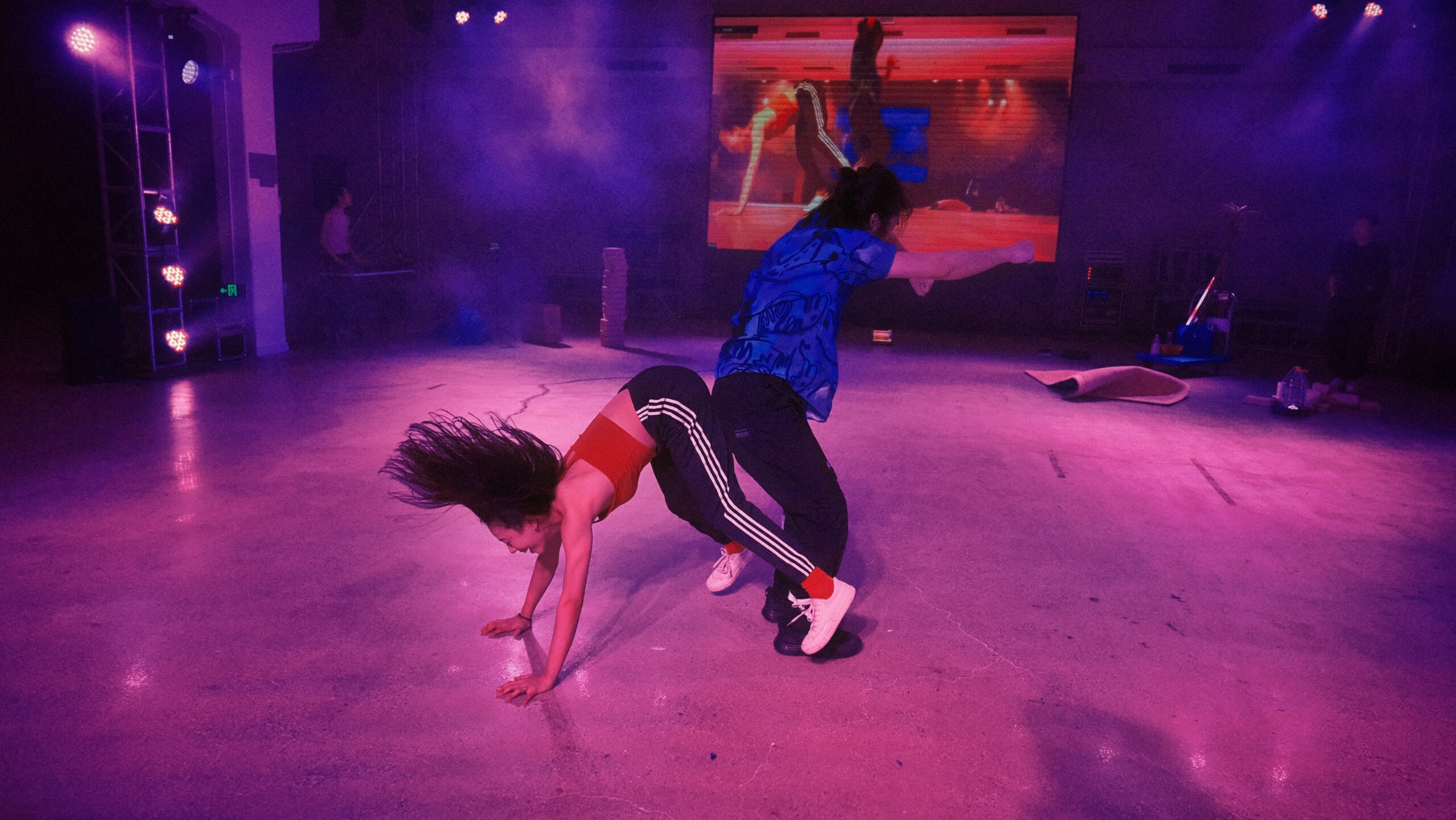
The creative experiment focuses on technology and corporeality. By examining the transformation and shifting of the body in between virtual reality and real space, it further explores the relationships among human body, technology and corporeality.
Artist Bio
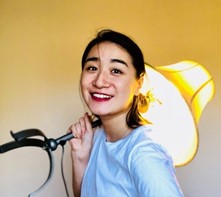
Chinese born Yu Yanan is an independent dancer, choreographer and dance educator, currently based in Guangzhou Wuhan. She had worked in Guangdong Modern Dance Company. She received her MFA (Teaching Fellow) at Bennington College in the U.S. in 2018 with scholarship. She focuses on choreography and teaching through an interdisciplinary approach.
Yu’s works explore bodily knowledge conditioning and corporeal history which she is aware of through her studies of the somatic practices prevalent in post-modern dance concepts. By mixing her dance background with visual art, Yu constantly explores the function of the body in relation to performing arts and expands the possible ways of experiencing body with contemporary art. Her recent work 20QQ was selected as one of the recipients of the Young Artist Platform for Dance programme, supported by Chinese Dancers Association.
